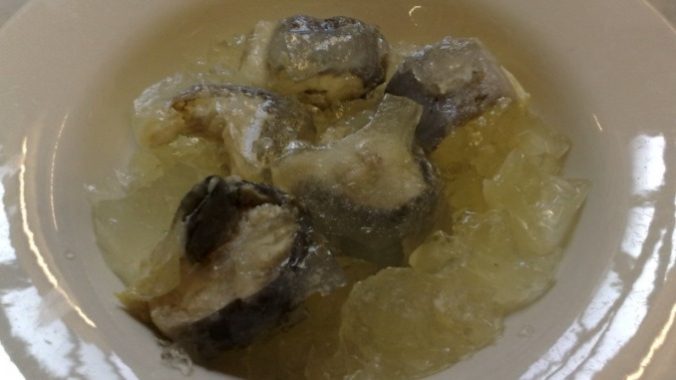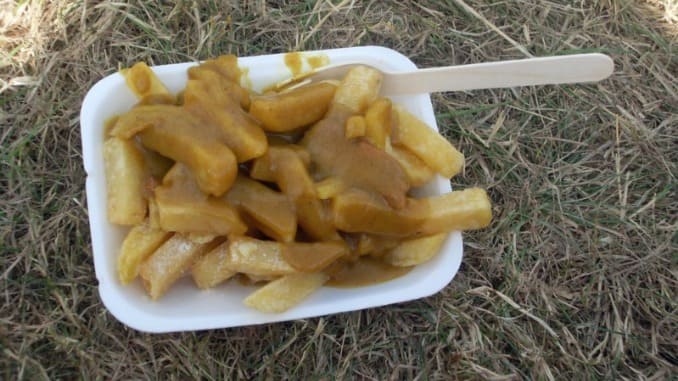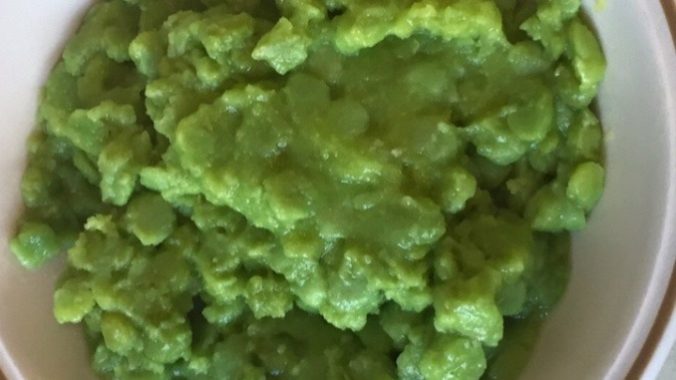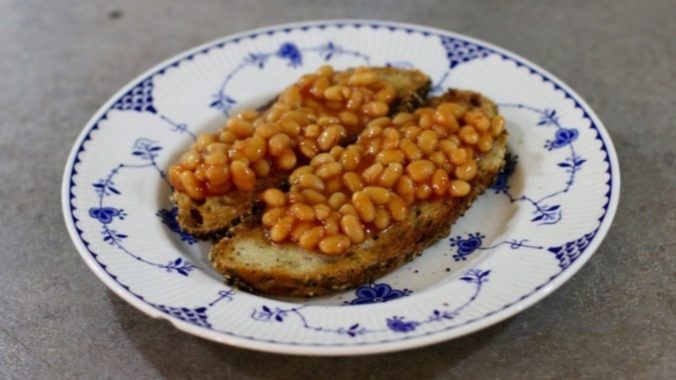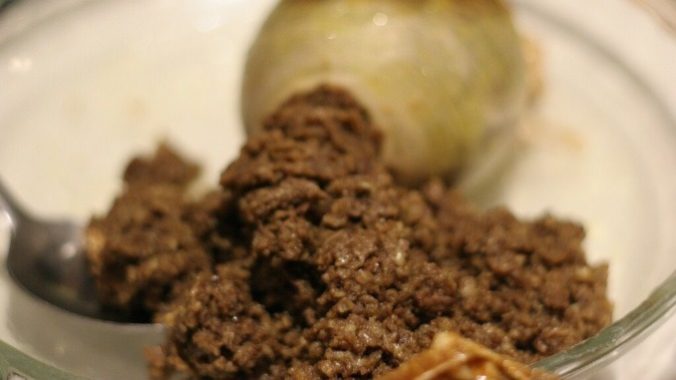The British Dishes That Divide a Nation
Photo by Brett Jordan/Unsplash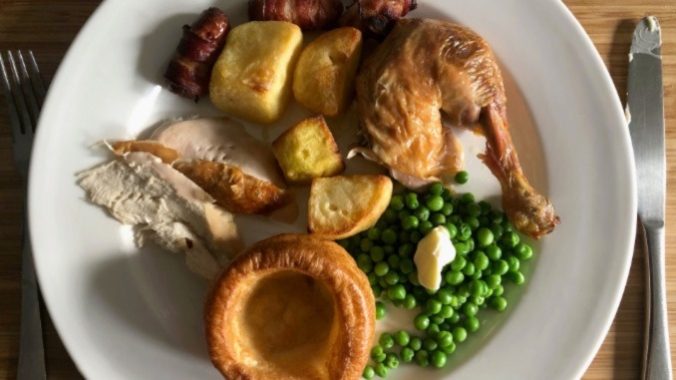
The Brits have a reputation for terrible teeth, terrible weather and terrible food. Whilst the reputation of the former might still exist, things are definitely changing for the better for the country’s foodie rep. However, if you are visiting the UK, there’s a good chance you may encounter polarizing British dishes that even Brits can’t agree on. Here are some classics that the British—and almost everyone else—either love or hate.
Full English Breakfast
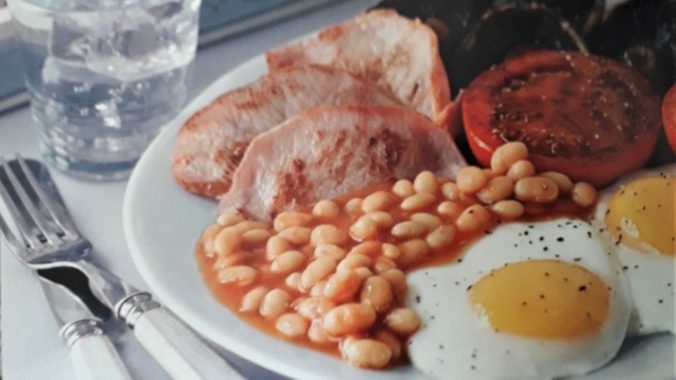
Photo by Elle May/Unsplash
A full English breakfast is not for the faint-hearted. Whereas a European continental breakfast is known for being light, with cold cuts of meat, cheese, pastries and fruit, a full English is the total opposite. Typically made up of eggs (as you like them), beans, bacon, sausages, toast or fried bread, tomatoes and mushrooms, a fry up is often eaten as a hangover cure, workman’s breakfast or a weekend treat. (Despite what you’re told, most people in the UK don’t eat a full English for breakfast every day.)
Extras often include hash browns and black pudding, a blood sausage that has a crumbly, dry texture. These additions may not be traditional, but they are definitely a welcome addition to any fry up of mine.
Sunday Roast
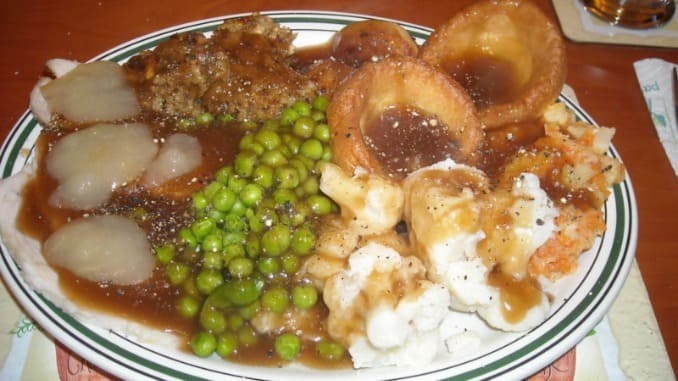
Photo by Mikey/Creative Commons
Meat and veg slathered in gravy, Sunday roast is an institution, and not just because of the food. Largely enjoyed in pubs, Sunday roasts are a way to bring families and friends together, and like the full English, its “traditional” components are often contested. On your typical roast dinner plate, you’ll find meat ranging from chicken and pork to lamb or beef (nowadays, you’ll likely find a veggie option like veggie Wellington or nut roast on the menu too) accompanied by roast potatoes, greens, carrots and the star of the show: a Yorkshire pudding. A plate full of beige can often be off-putting for those unaccustomed to roast, but for the Brits who live it, a Sunday roast is an unbeatable meal.
Pie and Mash
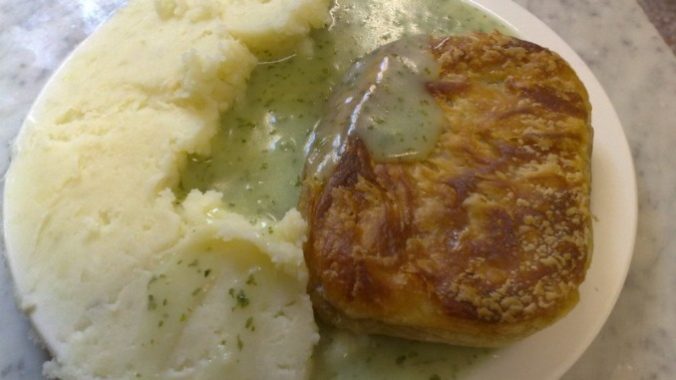
Photo by secretlondon123/Creative Commons
Traditionally found in the East End of London, pie and mash shops are unfortunately a dying piece of history. If you can get over the way the dish looks—pie and mash that often appears to be floating in an exuberant amount of green sauce—the main elements of the meal are actually pretty harmless. The pie element of the dish is traditionally filled with minced beef, but there are now plenty of options available, including varieties that cater to vegetarians, and it’s served alongside mashed potatoes. The green sauce that the pie and mash is drenched in, known as “liquor,” which confusingly isn’t boozy at all, is actually a gravy made from parsley, which is what gives it its fluorescent green color.
-

-

-

-

-

-

-

-

-

-

-

-

-

-

-

-

-

-

-

-

-

-

-

-

-

-

-

-

-

-

-

-

-

-

-

-

-

-

-

-

